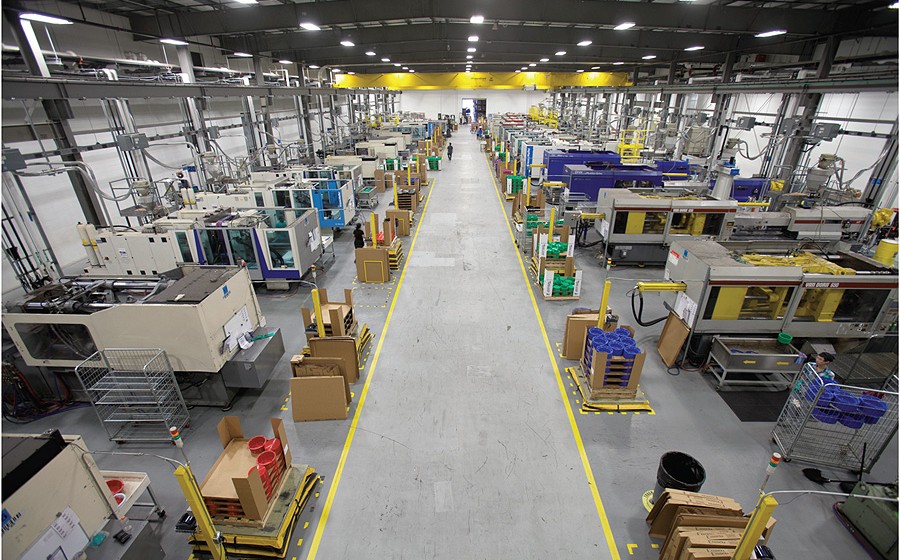
LED lighting is the most cost-effective and economical option to metal halide and fluorescent lighting. Initial equipment and installation costs may be marginally higher, but LED operating and maintenance costs are lower and LED systems have a longer lifespan than other lighting options. You’ll make a larger investment when you choose LED industrial lighting, but your returns on that investment will be greater and will extend over a longer period of time.
Technology objections to LED lighting are often based on misunderstandings or misinformation. For example, Industrial LED lighting is not a new technology. Rather, it has been available for many years, but only became widely available for industrial applications as LED manufacturers have developed better and more cost-efficient production techniques to expand the LED market. Moreover, LED lighting systems require no magnetic ballasts that need to be serviced or replaced. LED lights use electronic drivers that manage power and control the efficiency of the lighting fixture. Manufacturers have integrated sensing, dimming, and rapid on-off capabilities into those drivers to optimize the capability and efficiency of LED lighting systems. A well-designed and engineered electronic driver will provide more than 50,000 hours of use before requiring replacement, which is twice as much, for example, as ballasts for fluorescent fixtures.
LED Industrial Lighting Investment
The initial cost of industrial LED lighting has dropped over the past several years. Building designers or facilities managers who are considering lighting options can save costs and expenses by opting for LED lighting now, rather than waiting to retrofit existing fixtures to LED fixtures at some later date.
The tone, temperature, and intensity of LED lighting is ideal for industrial applications. Newer LED fixtures produce “cooler” light that is intense enough for demanding manufacturing environments. They work in a range of temperatures with no degradation in performance or efficiency. Control systems allow micro-adjustments for brightness or dimming, and unlike metal halide fixtures, LED lighting can be turned on and off almost instantaneously. Lastly, LED industrial lighting is ecologically-friendly. LED fixtures contain no mercury or other heavy contaminants. They do incorporate certain earth elements in their construction, but those elements are not rare and they require no special disposal permits when the fixture has ended its lifespan. Further, LED light use up to 50% less power than traditional lighting fixtures, which facilitates reduced carbon dioxide emissions from gas- and oil-powered electrical generation plants.
